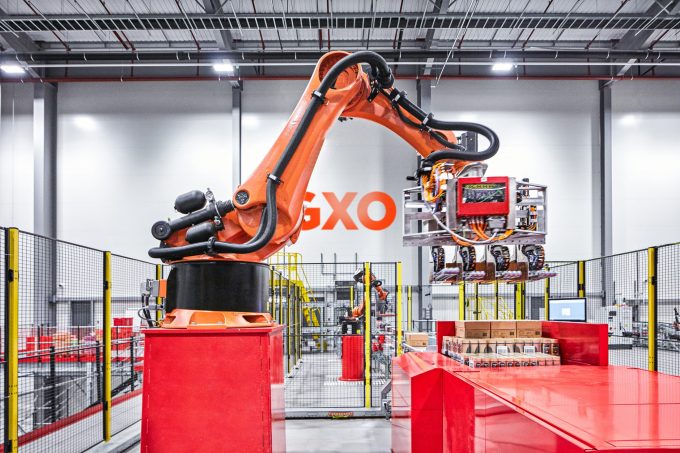Opposition to ACCC green light for DP World takeover of Silk Logistics
Australian shippers and forwarders have reacted with disappointment to the country’s competition regulators giving the ...

GXO is focusing on hugely expanding its returns and reverse logistics offerings after completing the acquisition of UK-based contract logistics provider Clipper Logistics
GXO director of strategy Neil Shelton told The Loadstar the addition of Clipper into GXO would vastly increase the scope of its reverse ...

Comment on this article